
Whale Watching on Sydney Harbour
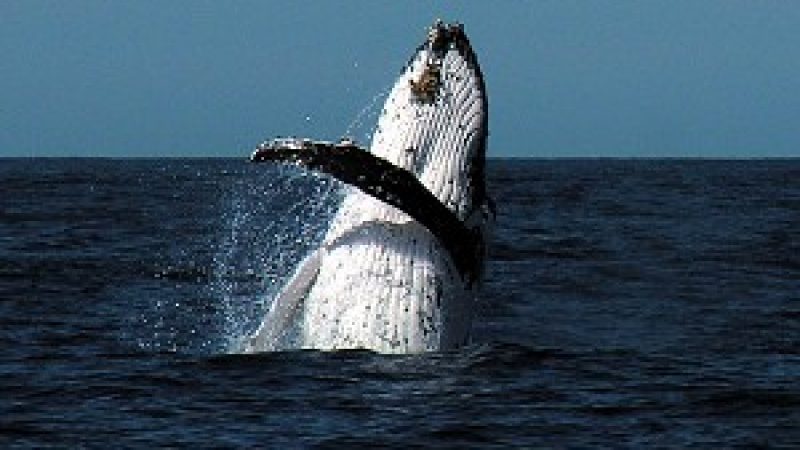
We set out from the gorgeous Sydney Harbour aboard the sea-cat True Blue just days before the peak whale watching season. Our captain, John Matterson, had only read about whale watching himself until whales heading south to feed began surrounding his commercial fishing boat close to 15 years ago in Merimbula, on the south coast of New South Wales. „The whales were around our boat every day. We wanted to be able to show people what we were seeing,“ he says.
Although whale numbers are still far from what they used to be, there are at least enough to encourage John to maintain a 100 per cent money back guarantee to see whales during peak seasons both in Sydney and Merimbula. „It’s taken 40 years to get back to these [whale] numbers and they reckon that it’s only 20 per cent of what it used to be,“ he says.
The seas were calm and it was lovely and warm in the sun. However, John tells me not to be put off whale watching in rough weather, as whales have often been very active in both fair and poor weather conditions. John’s whale watching cruises in Merimbula often take out school groups and he’s convinced that the whales know it and react to the kids, putting on a lot of action to the delight of the cheering and clapping crowd.
About three miles out from Sydney Harbour’s North Head, we spot a pod of two humpback whales heading north to the warmer waters of Queensland’s Whitsundays. Most aboard the boat waited; cameras poised, fingers ready. „You never know where or when they will surface,“ says John. And surely enough, the pod passed underwater and ahead of our boat, surfacing on the other side to the surprise and delight of all aboard.
Without the pressure of being behind a camera, I still felt the nervous excitement of wanting to take home that ‚perfect‘ shot of a breach whale. Yet the whales gracefully flapped their tails for us and sprayed through their blowholes as if acknowledging our presence. I was in awe of their agility as they seemed to glide toward the surface, their white underbellies glowing blue-green in the water until they broke the surface, their bellies shining white and then heading back under again with the tell-tale hump re-entering the sea. Each time they surfaced there was plenty of time to snap away and my nervousness soon disappeared. I felt more at ease and able to take in the surroundings.
It truly is fascinating to see such large, majestic creatures within their own natural surrounds and from the safety of a purpose-built boat. Every now and then one of the whales would leave a large flat ‚footprint‘ on the water, which remained for some time after, as if to show us where it has been. I lost track of time and after what had only seemed like five minutes (but was actually closer to an hour), we farewelled the two humpbacks and wished them a safe journey ahead.
Further south we meet a second pod of two larger humpbacks. The strong sprays from their blowholes indicated that they were older whales and taking in more air as they moved much faster than the first pod we had seen. „Maybe they are female, maybe they are pregnant,“ says John over the boat’s speaker. Either way, they were in a hurry and in no mood to entertain. We followed their footprints and imagined them over-taking the first pod in no time at all.
Taking a coffee break on the lower deck, among small bundles of information was a report by the International Fund for Animal Welfare which quotes David Kemp MP, former Australian Minister for the Environment and Heritage saying, „Today [2004] twice as many Australians and international visitors watched whales than did five years ago… The success of this industry puts beyond a shadow of doubt that whales in Australia are now considered more valuable alive than dead.“
Watching the small peaks on the calm blue ocean as we head back to the harbour, I think of the scene in the animated movie Finding Nemo, where two lead characters Marlin the clownfish and Dory ask for directions from a distant fish. The fish turns out to be a huge whale that swallows them whole and blows them out right at their destination in Sydney Harbour. John tells me that only two years ago they saw a whale right inside the harbour and already this season they have come very close to the coasts, and to humans, again.
Only a short trip from the harbour, sometimes even shorter when the whales take the journey into the harbour themselves, the whales are so close at hand and indicate that they are happy to participate in the interaction. For locals and tourists alike, the journey is well worth it, every time, and always an experience to remember.














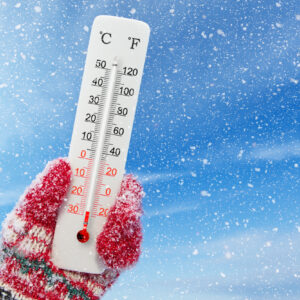








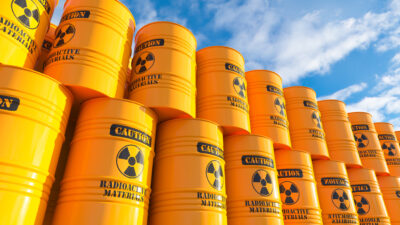
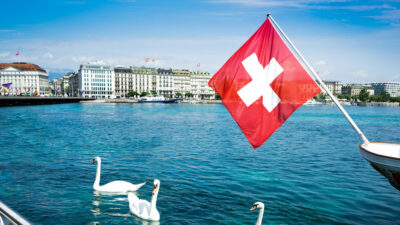


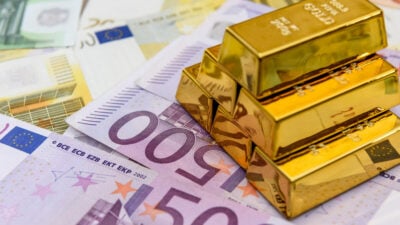
vielen Dank, dass Sie unseren Kommentar-Bereich nutzen.
Bitte verzichten Sie auf Unterstellungen, Schimpfworte, aggressive Formulierungen und Werbe-Links. Solche Kommentare werden wir nicht veröffentlichen. Dies umfasst ebenso abschweifende Kommentare, die keinen konkreten Bezug zum jeweiligen Artikel haben. Viele Kommentare waren bisher schon anregend und auf die Themen bezogen. Wir bitten Sie um eine Qualität, die den Artikeln entspricht, so haben wir alle etwas davon.
Da wir die Verantwortung für jeden veröffentlichten Kommentar tragen, geben wir Kommentare erst nach einer Prüfung frei. Je nach Aufkommen kann es deswegen zu zeitlichen Verzögerungen kommen.
Ihre Epoch Times - Redaktion